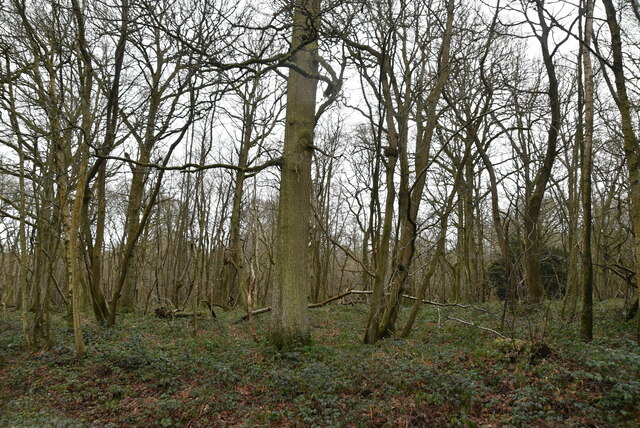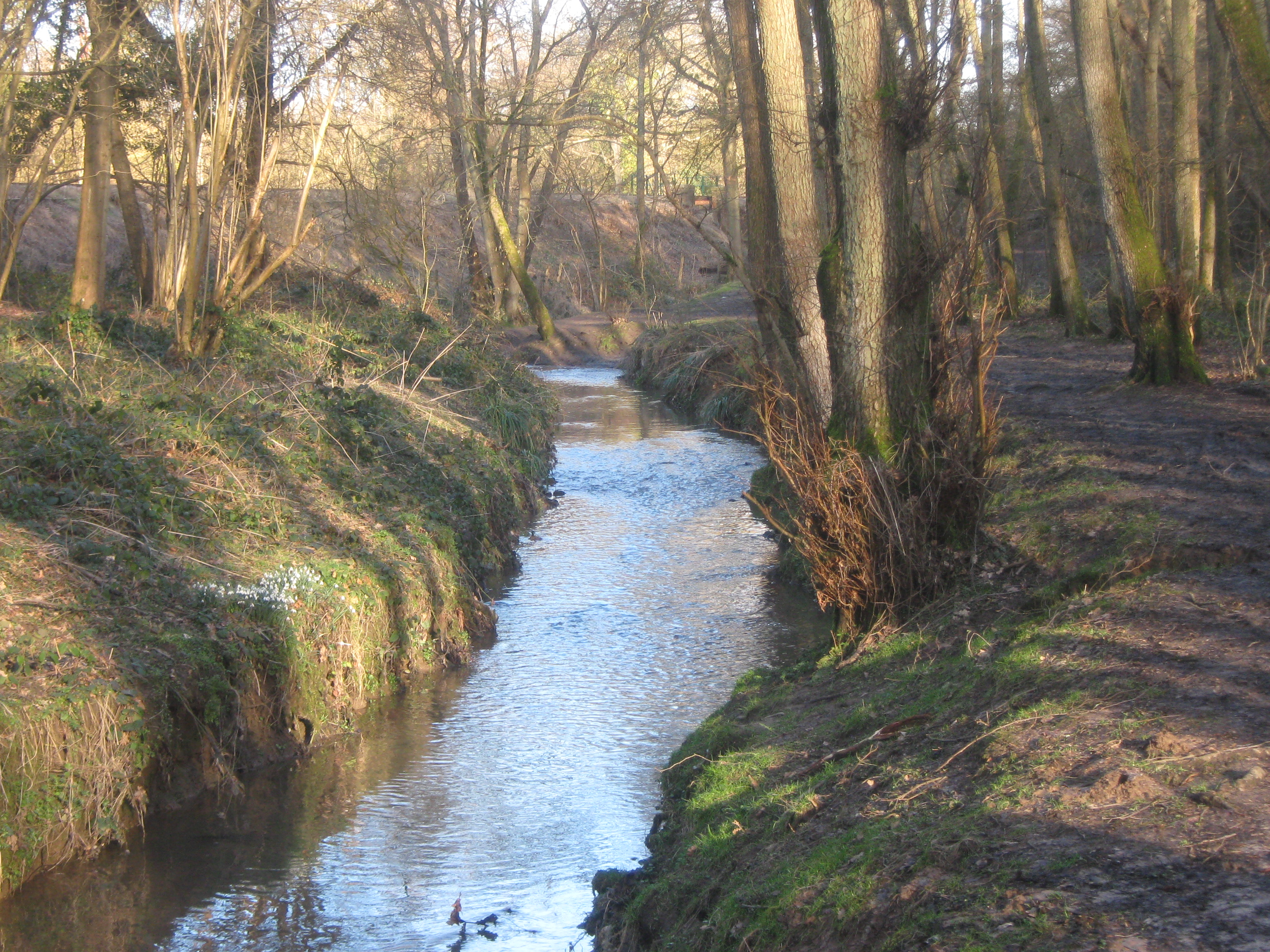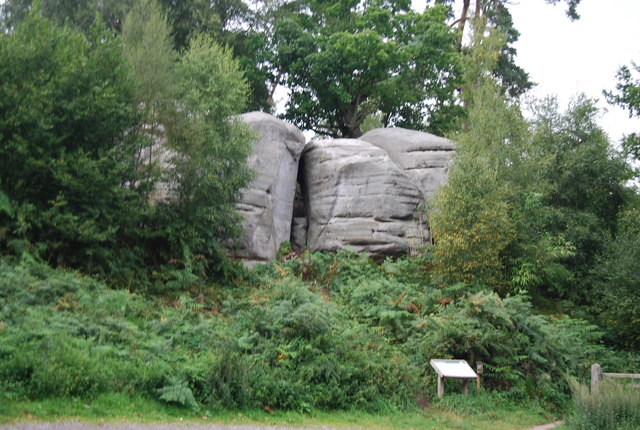Firtree Plantation
Wood, Forest in Sussex Wealden
England
Firtree Plantation

Firtree Plantation is a picturesque woodland area located in Sussex, England. Spanning over several acres, this thriving forest is known for its dense population of firtree trees, which give the plantation its distinctive name. The woodland is situated in a rural area, surrounded by rolling hills and fields, making it an idyllic retreat for nature lovers and outdoor enthusiasts.
The plantation is home to a diverse range of wildlife, including various bird species, mammals, and insects. Visitors can often spot red squirrels darting through the trees, while owls can be heard hooting in the evenings. The forest floor is abundant with wildflowers and ferns, creating a vibrant and enchanting atmosphere.
Several marked footpaths and trails wind their way through the plantation, providing visitors with the opportunity to explore its natural beauty. These paths lead to scenic viewpoints, where hikers can soak in breathtaking vistas of the surrounding countryside. The plantation is also a popular spot for picnics, with designated areas equipped with benches and tables for visitors to enjoy a meal amidst the tranquil surroundings.
Firtree Plantation is well-maintained by local authorities, ensuring that it remains accessible and safe for visitors. Conservation efforts are also in place to preserve the woodland's ecological balance and protect the various species that call it home.
Overall, Firtree Plantation offers a peaceful and immersive experience in nature, allowing visitors to escape the hustle and bustle of daily life and connect with the serene beauty of Sussex's woodlands.
If you have any feedback on the listing, please let us know in the comments section below.
Firtree Plantation Images
Images are sourced within 2km of 51.109555/0.23341227 or Grid Reference TQ5636. Thanks to Geograph Open Source API. All images are credited.
















Firtree Plantation is located at Grid Ref: TQ5636 (Lat: 51.109555, Lng: 0.23341227)
Administrative County: East Sussex
District: Wealden
Police Authority: Sussex
What 3 Words
///enveloped.distilled.nylon. Near Rusthall, Kent
Nearby Locations
Related Wikis
High Rocks
High Rocks is a 3.2-hectare (7.9-acre) geological Site of Special Scientific Interest west of Tunbridge Wells in East Sussex and Kent. It is a Geological...
St Mark's Church, Royal Tunbridge Wells
St. Mark's Church is the Church of England parish church for the Broadwater Down area of Royal Tunbridge Wells, Kent, England, in the Diocese of Rochester...
Friezland Wood
Friezland Wood is a woodland in Kent, England, near Tunbridge Wells. It covers a total area of 7.69 hectares (19.00 acres). It is owned and managed by...
Eridge Green
Eridge Green is a 8.4-hectare (21-acre) biological Site of Special Scientific Interest north-east of Crowborough in East Sussex. It is part of the 44 hectares...
Nearby Amenities
Located within 500m of 51.109555,0.23341227Have you been to Firtree Plantation?
Leave your review of Firtree Plantation below (or comments, questions and feedback).



